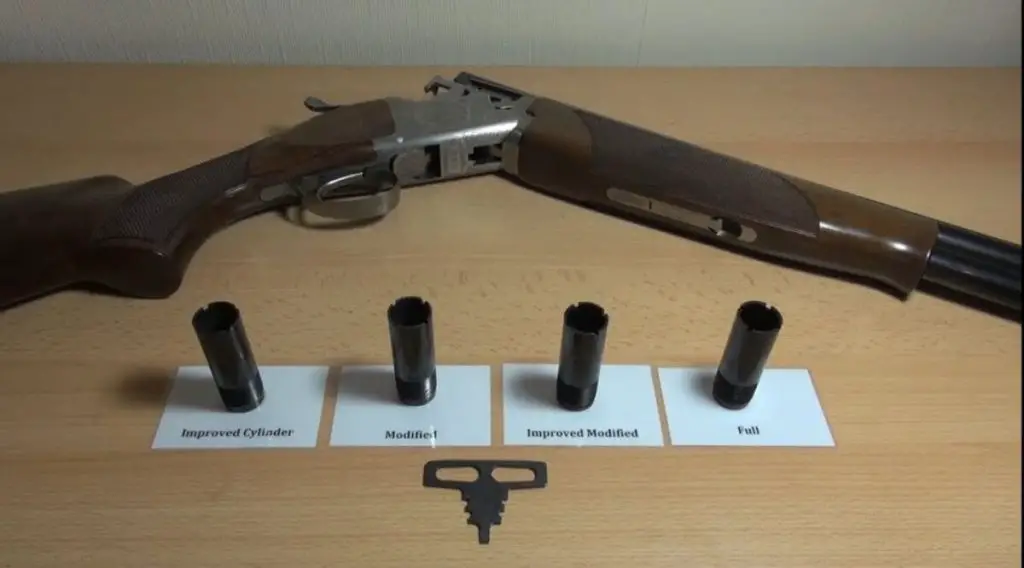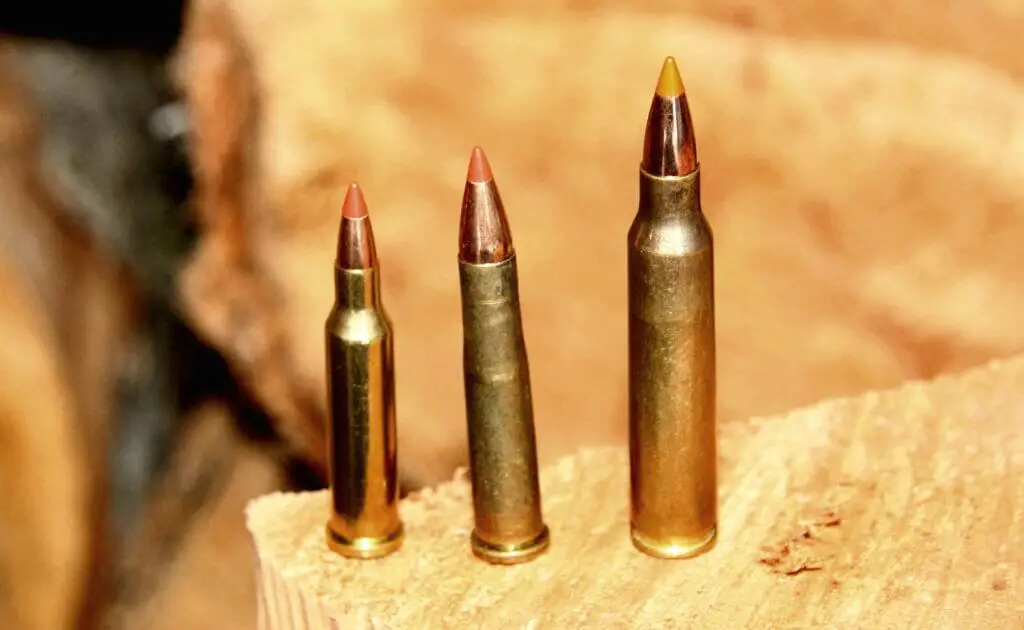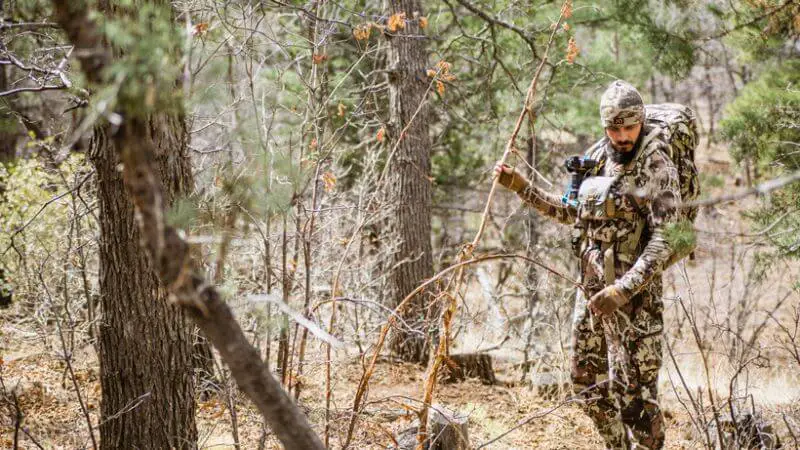When it comes to the field of archery and hunting, sharpening your broadheads is an essential skill to master. An adequately sharpened broadhead not only ensures clean and ethical kills but also improves the overall performance in both target practice and hunting situations. Today we are going to delve deep into the art of sharpening Iron Will Broadheads, an influential player in the archery realm.
Understanding Iron Will Broadheads
Before delving into the sharpening process, having a clear understanding of what Iron Will Broadheads are and what features set them apart from other broadheads in the market is essential.
Iron Will Broadheads are renowned for their strength, durability, and precision. Designed with the most arduous hunting conditions in mind, these broadheads guarantee remarkable performance, even when striking the most robust bones in large game.
Characteristics of Iron Will Broadheads
- Material: Manufactured from high-grade tool steel, they promise high durability and strength.
- Design: Equipped with a single bevel or double bevel design, increasing the rotation in flight, and driving impact energy through the bone.
- Ti Ferrule: Aerodynamic grade titanium ferrule for added strength and precision.
Now that we understand what Iron Will Broadheads bring to the table let’s delve in and unravel how to keep these invaluable hunting tools sharp and ready for action.
A Step-by-Step Guide to Sharpening Iron Will Broadheads
Sharpening broadheads can seem intimidating, especially for a beginner. However, we’re here to simplify the process. The following points form a comprehensive guide on sharpening your Iron Will Broadheads.
Materials Needed
You will need a few tools for an effective sharpening process:
- Broadhead wrench
- Sharpie marker
- Fine and medium grit sharpening stone
- Honing oil
- Leather strop
Step 1: Safety First
Always use a broadhead wrench when handling broadheads. The broadhead wrench provides a secure grip and keeps your fingers safely away from the sharp blades.
Step 2: Mark the Blades
Use a sharpie marker and color the edge of the blades. The ink will serve as an indicator of the high spots on your blades as you sharpen them.
Step 3: Sharpening the Broadhead
With the medium grit sharpening stone, begin sharpening the broadhead. Use honing oil on the stone before starting. This oil not only lubricates the sharpening surface but also helps to float away metal shavings that would otherwise clog the stone.
Maintain a steady angle as you move the broadhead across the stone. The colored ink gets removed as you sharpen, helping identify the sections you’ve adequately sharpened.
Step 4: Honing the Blade
Switch to the fine grit sharpening stone and repeat the same method as above. This process will further hone the blade’s edges, providing a crisp and sharp edge.
Step 5: Polishing the Blade
The final step involves using a leather strop, which polishes the blade, removing any microscopic burrs. Run the blade on the strop a few times, and your broadhead should be razor sharp.
Maintaining Sharpness of Iron Will Broadheads
Once you’ve sharpened your Iron Will Broadheads, it’s crucial to maintain the sharpness. Always clean the broadheads after use and dry them properly to avoid rust. Regularly check the sharpness and retouch with a fine grit stone and leather strop if needed.
Conclusion
Maintaining a sharp edge on your broadheads is crucial for optimum performance. It not only adds to the efficiency of the broadhead but also ensures ethical and clean kills. With this comprehensive guide, you can keep your Iron Will Broadheads ready for action whenever the hunting season rolls around.
Frequently Asked Questions
1. What do you use to sharpen broadheads?
Iron Will broadheads can be sharpened using a variety of methods, but the most common tool used is a sharpening stone. Many hunters prefer to use diamond sharpening stones, as they offer a fine grit that can effectively sharpen the blades. Other options include using a knife sharpener or a honing guide with a stone.
2. What angle is Iron Will broadhead?
Iron Will broadheads are designed with a 30-degree angle. This angle is chosen to balance the sharpness and durability of the blade. It provides a good balance between penetrating power and edge retention, making it a versatile choice for various hunting situations.
3. What angle should I sharpen my broadheads?
When sharpening Iron Will broadheads, it is recommended to maintain the 30-degree angle to ensure consistent performance. Deviating too much from this angle may affect the performance of the broadheads. Use a sharpening stone or a guided system that allows you to maintain a consistent angle throughout the sharpening process.
4. Can you use a knife sharpener to sharpen broadheads?
While it is possible to use a knife sharpener to sharpen Iron Will broadheads, it is not the ideal method. Knife sharpeners are usually designed for straight blades and may not be able to accommodate the different curvature and angles of broadheads. It is best to use a specialized sharpening tool, such as a sharpening stone or a broadhead-specific sharpening system, to achieve optimal results.
5. How often should I sharpen my Iron Will broadheads?
The frequency of sharpening your Iron Will broadheads depends on the amount of use they receive and the conditions they are exposed to. If you notice a decrease in performance or there are visible signs of dullness, it is advisable to sharpen the broadheads. Additionally, it is recommended to inspect and touch up the broadheads before each hunting season to ensure they are in optimal condition.
6. Can I sharpen broadheads by hand?
Yes, it is possible to sharpen Iron Will broadheads by hand using a sharpening stone. However, it requires proper technique and practice to maintain a consistent angle throughout the sharpening process. If you are comfortable and experienced in hand sharpening methods, it can be an effective way to maintain the sharpness of your broadheads.
7. How do I know when my broadheads are sharp enough?
You can test the sharpness of your Iron Will broadheads by gently running your finger on the edges. Be extremely cautious while doing this to avoid injury. If the edges feel smooth and there are no snags or rough spots, the broadheads are likely sharp enough. However, always prioritize safety and handle sharpened broadheads with care.
8. What are the signs of a dull broadhead?
Signs of a dull Iron Will broadhead include reduced penetration, decreased accuracy, and difficulty in cutting through tissues. If you notice that your broadheads are not performing as well as they used to or are leaving suboptimal wound channels, it is an indication that they may need sharpening.
9. Can I use a file to sharpen my broadheads?
Using a file to sharpen Iron Will broadheads is not recommended. Files are typically too aggressive and may remove more material than necessary, potentially altering the blade shape and compromising the integrity of the broadhead. It is best to use a finer grit sharpening stone to achieve optimal sharpness without risking damage to the broadheads.
10. Should I sharpen all the blades of my broadheads at once?
While it is not mandatory to sharpen all the blades of your Iron Will broadheads at once, it is generally recommended for consistent performance. Sharpening all the blades ensures that they are equally sharp and contribute to the overall effectiveness of the broadhead. However, if you are confident that only specific blades need sharpening, it is possible to focus on those areas and avoid unnecessary sharpening of unaffected blades.
- How to Put a Scope on a Mosin Infantry in Tarkov: A Quick Guide - November 7, 2024
- How to Edit a Scope Box in Revit: A Step-by-Step Guide - November 6, 2024
- How to Put a Scope on Mosin Tarkov: Expert Tips for Gamers - November 6, 2024


